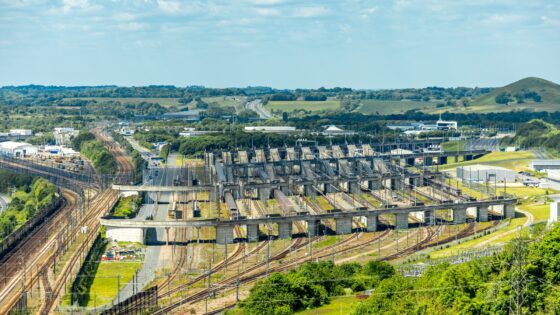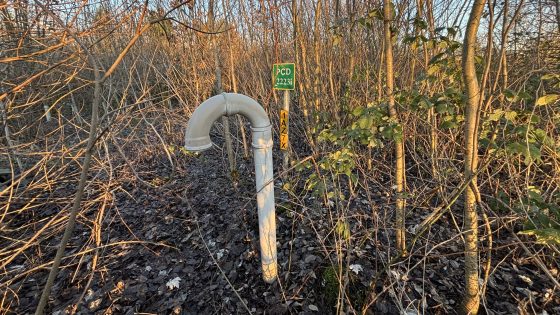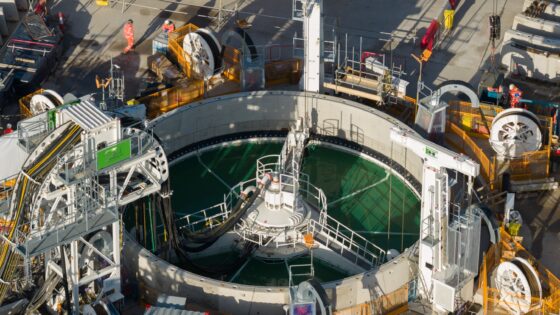Queensland school road safety upgrades: design priorities for project teams
Reviewed by Joe Ashwell

First reported on Roads & Infrastructure (AU)
30 Second Briefing
Nominations remain open for the Queensland Government’s School Transport Infrastructure Program, which funds road safety upgrades and active transport links around state schools. Eligible schools have until next week to apply for works such as reconfigured drop-off and parking facilities, upgraded bus set-down and pick-up zones, and new or widened bikeways. Designers should expect projects focused on traffic calming, safer pedestrian–vehicle interfaces and segregated cycling access in constrained school-frontage corridors.
Technical Brief
- Scope explicitly targets on-road interfaces with school transport rather than internal campus circulation.
- Works will typically require traffic management plans to maintain school access during construction.
- Designs must accommodate peak, short-duration AM/PM school traffic surges with constrained storage lengths.
- Active transport links will drive separation of vulnerable users from vehicle conflict points at school frontages.
Our Take
Within our infrastructure coverage, Queensland features frequently for heavy road and rail investment, so the School Transport Infrastructure Program signals that smaller, safety-focused works are being advanced alongside big-ticket projects rather than after them.
For contractors and councils in Queensland, safety-tagged projects like this often have shorter lead times and clearer design standards than major capacity upgrades, which can make them a practical entry point into state-funded transport work.
Among the 17 safety- and projects-tagged pieces in our database, school-area upgrades tend to prioritise low-complexity civil works (signage, crossings, traffic calming) over structural interventions, favouring firms with strong local delivery capability rather than specialised mega-project experience.
Prepared by collating external sources, AI-assisted tools, and Geomechanics.io’s proprietary mining database, then reviewed for technical accuracy & edited by our geotechnical team.


